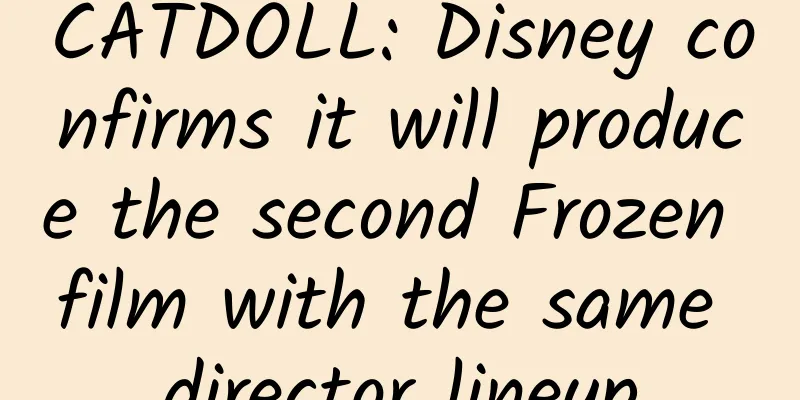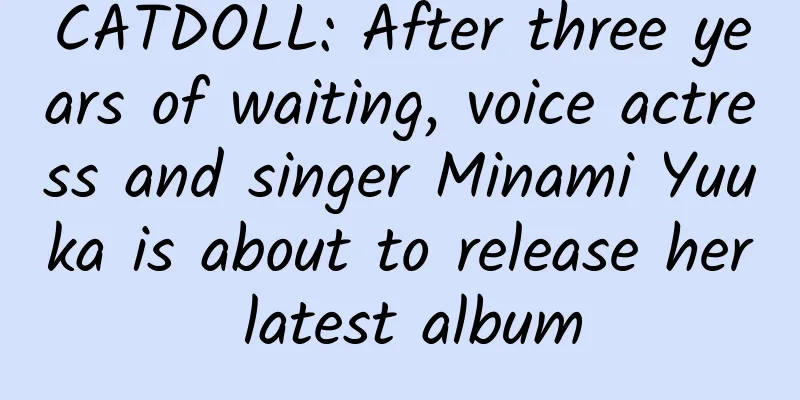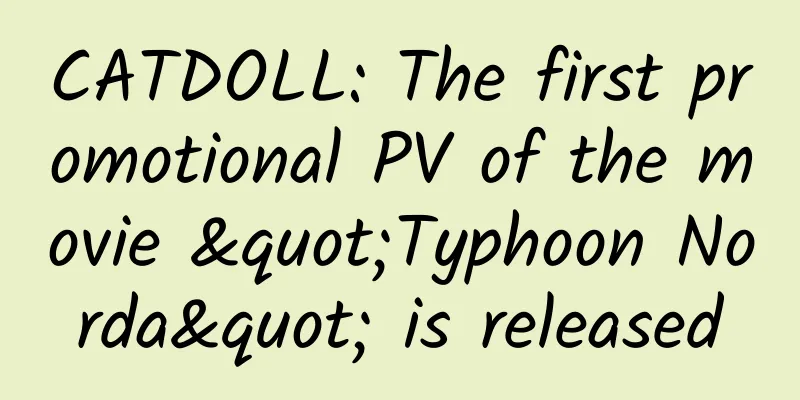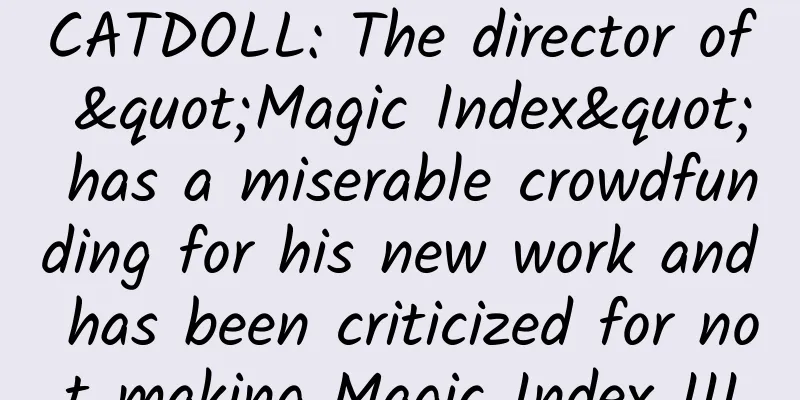CATDOLL: Audio Director of "Totem Realm": Uncovering the magical sound world of animation
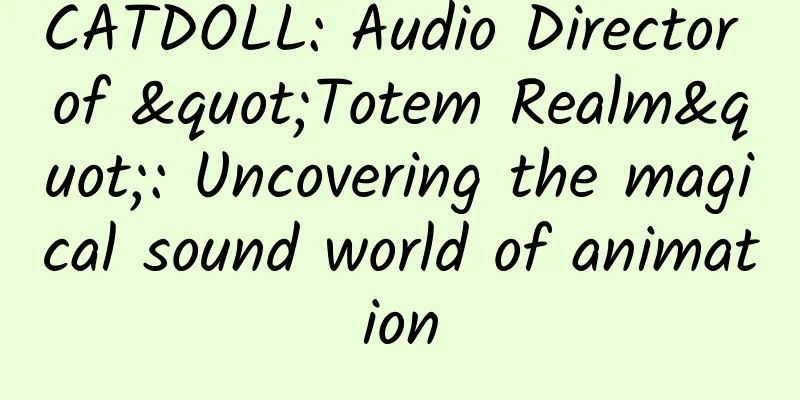
|
In my opinion, the psychological impact of sound is far greater than that of the picture. The reason is actually very simple - human imagination. We often have this experience. When we watch horror movies alone (especially with headphones), some people tend to turn down the volume in order to improve their psychological "resistance to shock". In this way, even if there are more terrifying pictures, we will be more relaxed to accept them than when the volume is high. This is actually a typical example of the psychological impact of the combination of sound and picture on people. The information presented by the picture is limited, while the content brought by the sound is not only the information inside the picture but also the information outside the picture. In other words, when the brain processes less concrete information, it often makes people fall into a state of self-suggestion. This is a good example of the psychological impact of sound on people being greater than that of the picture. Reasonable sound design lies in the fact that the construction of the auditory world must be consistent with the worldview presented by the entire product, whether it is a game, film, television drama, or animation. Anime Sound Design The sounds in animation (film and television drama) are arranged by the director in advance according to the script or a certain predetermined situation. It is a sound presentation pre-edited by the sound engineer or mixer in a specified linear time. In this process, the listener is just a simple audience and does not participate in it. In addition to music, long-line sounds (ambient sounds) are used to advance the story. In addition to music, there is another type of long-line sounds that is often overlooked by us, which is ambient sound. For example, when producing the 18th episode of Totem Realm, "Unprecedented Crisis", we wanted to have a type of sound to present the various changes in emotions in this episode. The plot is actually very simple, that is, Liu Xiaoxing and Wu Luo encounter the demonized totem beast Shan Huan in the forest. In terms of sound, I used a lot of environmental sampling, and made corresponding level changes according to the continuous escalation of the situation. In a calm mood, we hear the tranquil forest (the distinct chirping of birds from far and near, the sparse wind blowing the leaves). When a certain suspense begins to emerge, the chirping of birds fades away, and the disturbing chirping of insects always lingers in our ears. As the suspense continues to escalate, before the enemy officially appears, the suppressed chirping of insects, the specially processed motorcycle engine sound, and various changes in the synthesized sound gradually amplify this emotion. It is not until the enemy actually appears that all the suspense quickly fades, and the sense of crisis and the tension before the battle gradually emerge. Cartoon "Totem Realm" - Xiaoxing is in danger: Like other linear media, when designing and producing the sound of Totem Domain, we also followed the most basic theory of the relationship between sound and picture. The use of a large number of "unified sound and picture" techniques ensures that even younger audiences can understand the plot presented in the play. Some of the lighthearted and humorous scenes in the cartoon are expressed through "contradictory sound and picture". For example, Shan Huan and his motorcycle. From the picture point of view, as a hippo's motorcycle, the artistic expression is matched. But from the perspective of sound, I deliberately designed a "small motorcycle" for it that is not very large and a bit dilapidated. This auditory contrast makes the whole battle with Shan Huan not so heavy, but full of lightness and funny experience. The animation "Totem Realm" Shan Huan debuts: Similarly, the parallel editing of multiple character plots makes "sound and picture counterpoint" the main expression method of sound narration, so that the entire narrative will not appear messy. The emotional color of sound. Drawing on the mature system of the film industry, we also introduced the concept of emotional color in the sound design of "Totem Domain". Emotional color of sound. Drawing on the mature system of the film industry, we also introduced the concept of emotional color in the sound design of "Totem Realm". Horror Mystery Fantasy Thriller Drama Comedy Action Adventure Romance We will pre-construct the hierarchical relationship of the entire film in various emotional directions and the degree of presentation (from top to bottom in descending order): ——————————————————————————Action (fighting, passion) ————————————————————Adventure ————————————————————Drama (Friendship, Family) ——————————————————Fantasy (Mecha, Transformation) ————————————————Comedy (funny, humor) ——————————Romance (Friendship) ———————Mystery Since the audience of Totem Realm is mainly children, horror and thriller are excluded. This constitutes the basic emotional color level of Totem Realm. When designing and producing, we will develop according to this hierarchical relationship. In-game sound design Compared to traditional linear media (films, TV series, animation, etc.), games are interactive media. Here is a brief introduction to the role of game sound: providing players with information feedback during the game, creating an immersive feeling for players, and promoting the development of the plot or a certain situation. All the sounds we hear in the game come from the various operations of the listener (player): swinging weapons, hitting different targets, various events when performing tasks, etc. The biggest difference from linear media is that game sounds have so-called "playback logic" or "playback mechanism". Our control over linear sounds is just: Play, Pause, Stop. Games are much more complicated. In order to respond to various operations made by players in real time, we need to establish various playback mechanisms: During combat, we need to emphasize the sounds of weapons, skills, and shouts, while weakening the surrounding ambient sounds; When exploring, the surrounding environment is the best reference for us to perceive the reality of the virtual world, and at this time, there is no need for overly emotional music; When advancing the plot (performing missions), music needs to advance various emotions to affect people; etc. etc. In order to realize these kinds of mechanisms (player operations are uncontrollable), when developing games, the production team often chooses some audio middleware, that is, the game audio engine, to realize these interactive auditory experiences. Sound designers classify these mechanisms into various types of events. So the sound that responds to player operations in real time is simply: what kind of event is triggered at what time in the game and in what way. Final Thoughts Whether it is linear media or interactive media, they are all audio-visual products based on a certain relationship between sound and picture. Whether it is games or cartoons, in my opinion, they are just different in form. In fact, they are doing the same thing: telling stories. Excellent sound design must be: first of all, people can "hear clearly". Only when all sound information can be accurately and clearly received by people, the audience can understand why the sound here is like this, and the sound there is like that - "understand". Finally, based on the basic sound-image relationship and certain psychoacoustic principles, people will experience the "refreshing" of various dramatic conflicts in the plot or narrative. This is also the fundamental reason why we feel so addicted when watching Hollywood blockbusters or playing 3A-level game masterpieces. The reason why good games or good cartoons are good is the way they tell stories and the impact they have on the way people listen to stories. In the current era of "fast food consumption", simple audio-visual bombardment and sensory stimulation can no longer meet people's needs, and everyone is looking for a deeper experience. Regardless of whether it is a box office hit or has won numerous awards, only when you truly give people an emotional experience or a spiritual core can it become a classic, or be on the way to becoming a classic. As a sound designer, I hope that "Totem Realm" can become a milestone in the sound performance of domestic animated series. Profile: Xue Yunsheng, former director of the audio department of Perfect World, has participated in many major game projects such as "Zhu Xian", "Swordsman", "Dota 2" and "Torchlight", and is responsible for the design and production of the game's music and sound effects. In 2015, he initiated the creation of the "Matrix Audio Lab". He served as the audio director of the domestic original animation "Totem Domain", and was fully responsible for the overall sound design and production of the series. |
Recommend
CATDOLL: Replaces Pikachu as the most popular Pokémon!
Speaking of the items that Japanese Pokémon fans ...
CATDOLL: Music idol work "BanG Dream!" animation to be broadcast in 2017
The multimedia project "BanG Dream!" pl...
CATDOLL: The latest character poster of the movie version of "Attack on Titan" is exposed as the fake "Captain"
The live-action movie of "Attack on Titan&qu...
CATDOLL: The first 3D Xianxia animation "Taiyi Xianmo Lu: Lingfei Ji" final PV first exposed
The final PV of the animation "Taiyi Xianmo ...
CATDOLL: "JoJo's Bizarre Adventure" live-action movie releases makeup photos again, and the yandere girl appears
The live-action movie "JoJo's Bizarre Ad...
CATDOLL: Dragon Ball Z: Resurrection F will be Japan's first IMAX 3D movie
IMAX3D, which is a fusion of the huge movie scree...
CATDOLL: "Girls und Panzer" theatrical version grossed 85 million yen on the first day and received high praise
The new movie version of Girls und Panzer, which ...
CATDOLL: The third season of "Uta no Prince-sama" will be broadcast in April next year
The third season of the TV animation "Uta no...
CATDOLL: The leader incarnates as Xiaoyou. Hirano Aya's blog comments on the journey of "Parasyte"
The animation "Parasyte" released in Oc...
CATDOLL: "Little Witch Academia" TV Animation Character Design Announced
The characters of the new TV anime "Little W...
CATDOLL: "Beautiful High School Earth Defense Department LOVE!" will be a hit with rotten girls in January next year
Just looking at the title reminds people of "...
CATDOLL: The movie version of "Chibi Maruko-chan" will be released in mainland China this summer, and the childhood classic will return
The classic animation "Chibi Maruko-chan&quo...
CATDOLL: The advance picture of the fifth episode of the second season of "The Heroic Legend of Arslan" comes from the support of the rich
The preview image of the fifth episode of the sec...
CATDOLL: Otaku voted for the most ideal classroom configuration, Sakata Gintoki was elected the most ideal teacher
I believe that many people who love the two-dimen...
CATDOLL: The OAD animation preview of "Nichijou no Nichijou" is exposed, and it still has a familiar taste
The popular comic book "Nichijou no Nichijou...



